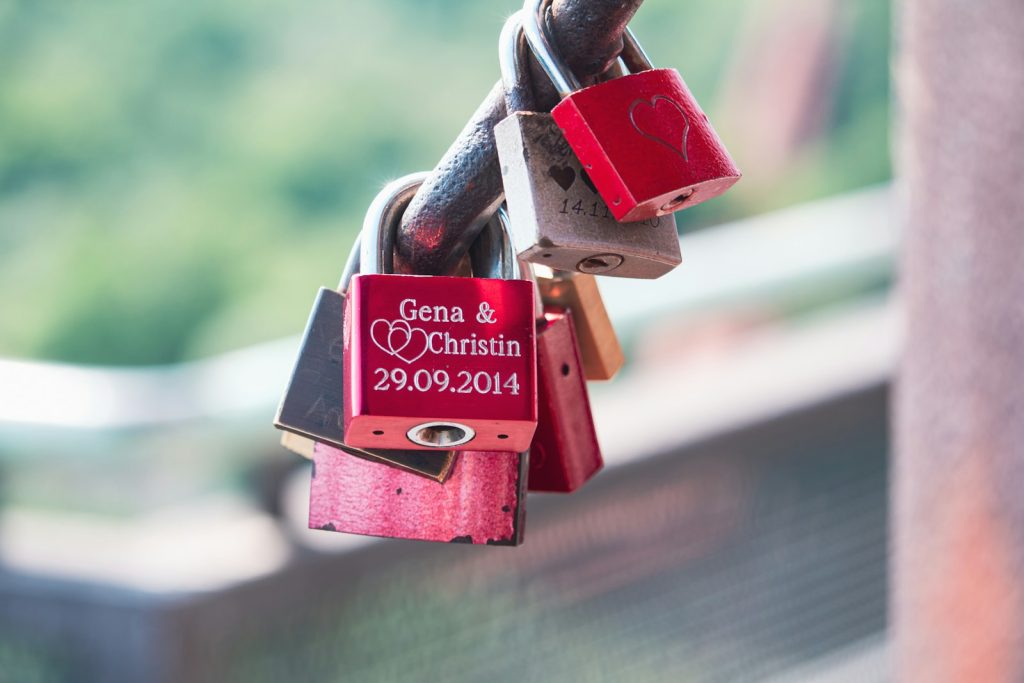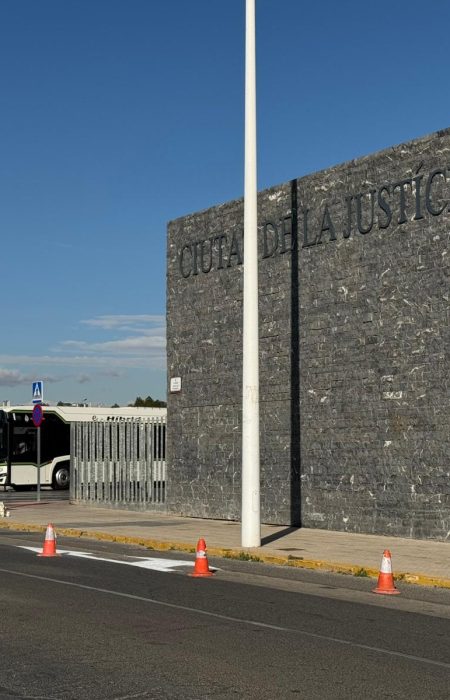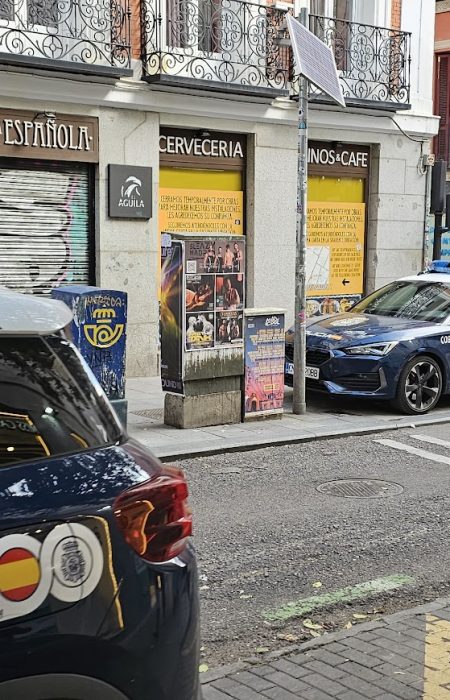A quiet but striking symbol of love, love locks, small padlocks left by couples as a sign of enduring affection, are spreading throughout Spain’s cities and coastal towns. While the tradition originated far beyond the Iberian Peninsula, it has found a meaningful home in Spain’s romantic landscapes, particularly on the Costa Blanca, where picturesque viewpoints and coastal walkways have transformed into unexpected shrines to love.
The tradition of fastening a padlock to a bridge or public monument and then throwing away the key gained popularity in the early 2000s, thanks to lovers inspired by books, films, and the idea of forever locking their love. Though widely attributed to Paris’ Pont des Arts, the concept dates back even further, to a Serbian love story from WWI. Over time, the trend spread throughout Europe, with couples expressing their love in symbolic ways.

Spain, with its romantic plazas, coastal cities, and passion-filled culture, naturally embraced the trend. Cities such as Seville, Barcelona, Madrid, and Valencia have all seen an increase in the number of love locks on bridges and public railings, much to the delight—and sometimes concern—of local authorities. The Puente de Isabel, also known as the Triana Bridge, in Seville has long been a popular location for both locals and tourists to exchange love locks. Similar scenes can be found near Montjuic and along Barcelona’s seaside promenades. Smaller coastal towns, particularly along the Costa Blanca, have recently gained prominence.
From Alicante to Altea, Benidorm to Santa Pola, the Costa Blanca is rich in romantic traditions. Among these, Santa Pola’s Skywalk—a dramatic clifftop viewpoint near the town’s historic lighthouse—has quietly evolved into a modern-day love shrine. Couples walk out onto the suspended platform that overlooks the Mediterranean and attach small padlocks to the metal railings, which are often engraved with initials or heartfelt dates. While the practice is not official, it reflects the powerful emotion that the location elicits: a combination of natural beauty, exhilaration, and a desire to remember a specific moment in time.
Similar displays of affection have occurred at other scenic locations, such as Benidorm’s Balcon de Mediterraneo and Denia’s castle viewpoint. It’s a trend that’s both emotional and visual, resulting in stunning mosaics of love across the coast.

At their core, love locks are a deeply human gesture—a physical reminder of a fleeting moment or a lasting bond. In places like the Costa Blanca, where sunsets stretch over the sea and ancient towns perch on cliffs, it’s easy to understand why couples feel compelled to leave behind a symbol of their affection.
Love locks, whether viewed as a romantic ritual or a fading trend, represent a universal desire to leave a mark on the world around us.









No Comment! Be the first one.